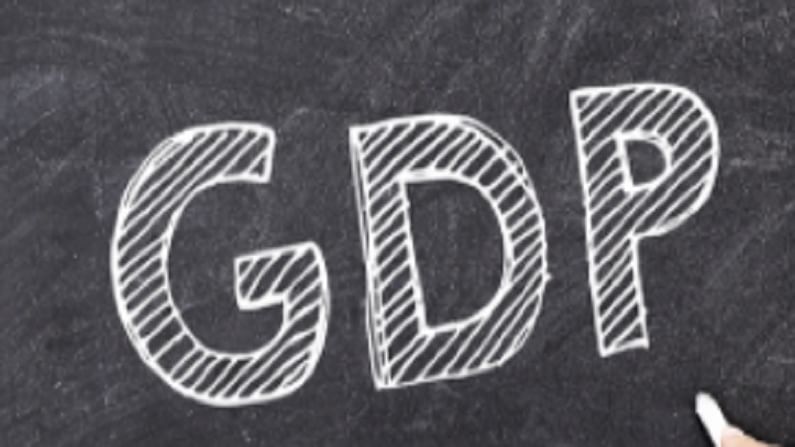India’s sovereign rating to remain at current level for next 2 years: S&P
S&P saw GDP growth rate dropping to 9.8% under the 'moderate' scenario, where infections peak in May, and falling to as low as 8.2% in 'severe' scenario under which caseload would peak only in late June
- Press Trust of India
- Last Updated : May 7, 2021, 16:30 IST

New Delhi: S&P Global Ratings on Friday said India’s credit rating would be retained at the current level for the next two years, and the country will see a slightly faster pace of growth in the next couple of years that will support its sovereign rating.
S&P, which had in March seen the Indian economy growing by 11% in the fiscal year to March 2022, saw GDP growth rate dropping to 9.8% under the ‘moderate’ scenario, where infections peak in May, and falling to as low as 8.2% in ‘severe’ scenario under which caseload would peak only in late June.
Speaking at a webinar on ‘What A Drawn Out Second COVID Wave Means For India’, S&P Global Ratings Director – Sovereign and Public Finance Ratings – Andrew Wood said in the moderate downside scenario there would not be any major impact on the government’s fiscal position.
There could be upside pressure on general government fiscal deficit forecast of 11% as revenue generation would be weaker, but debt stock would remain roughly stable just above 90% of GDP, Wood added.
In the severe scenario, there could be more additional fiscal spending from the government and revenue growth would be weaker. This would mean that debt stock would stabilise only in the next financial year, he noted.
“India’s rating remains stable on a ‘BBB-‘ rating. We do not expect there to be a change in the rating level over the next 2 years…Of course, there are going to be some near-term ramification on India’s economy stemming from the severe second wave of COVID-19 and that may peep through into our sovereign credit metrics…,” Wood said.
S&P had last year retained India’s rating at the lowest investment grade ‘BBB-‘, with a stable outlook for the 13th year in a row.
“We are still forecasting GDP growth at 11% for the current fiscal. It is a baseline scenario with some downside risk. But if we do see the number creeping lower, most likely it will not go too far in our current downside scenario.
“You will have positive growth this fiscal year in all likelihood and we do have the potential for a lower rate of growth this financial year owing to the current health crisis. We would more likely see a slightly faster pace of growth in the ensuing two years,” Wood added.
In the ‘moderate’ and ‘severe’ scenarios, S&P projected the Indian economy to grow 7.8% and 9.6%, respectively, in the next fiscal (2022-23).
Another global rating agency Fitch Ratings last month said the resurgence of COVID-19 infections may delay India’s economic recovery, but won’t derail it, as it kept the sovereign rating unchanged at ‘BBB-‘ with a negative outlook. Fitch projected a 12.8% recovery in GDP in the fiscal year ending March 2022, moderating to 5.8% in FY23, from an estimated contraction of 7.5% in 2020-21.
India reported a record 4,14,188 new COVID-19 cases on Friday, and 3,915 deaths, as a ferocious second wave engulfed its healthcare infrastructure. Over the past two-and-a-half months, the outbreak in India has exploded, with reports of superspreader gatherings, oxygen shortages and medicine shortages.
COVID infections have crossed 2.14 crore since the virus surfaced in China more than a year ago, with a death toll of 2,34,083.
S&P further said that high growth in the long term helps uplift and gives support to the sovereign rating. Besides, a faster, healthy real and nominal GDP growth is going to help the government to fund the high fiscal deficit and stabilise debt stock, which on a net basis is currently estimated to be just above 90% of GDP.
Wood said that a steeper and more acute longer-term downturn in the Indian economy would have a concomitant impact on the fiscal settings of the government, which would entail a higher fiscal deficit and a rising debt stock from the current level. And if it becomes acute enough on a sustained basis, then we may begin to have more concern about the sustainability of the public financial position of the government. “So that’s the worry that we have over the foreseeable future,” he added.
Download Money9 App for the latest updates on Personal Finance.
Related
- मैक्सिको के 50 फीसदी टैरिफ पर सरकार ने शुरू की बातचीत; जल्द समाधान की उम्मीद
- इंडो- US ट्रेड डील में पहले हट सकती है पेनाल्टी, रिपोर्ट में दावा
- रुपये ने फिर बनाया ऑल टाइम लो, जानें क्या है वजह
- बैंक कस्टमर के लिए बड़ी खबर, RBI हटाएगा ओवरलैप फीस,
- मैक्सिको ने अपनाई US जैसी पॉलिसी, 1400 से ज्यादा प्रोडक्ट लगाया भारी टैरिफ
- SpiceJet विंटर सीजन में जोड़ेगी 100 नई फ्लाइट्स! Indigo के कटे रूट्स का करेंगी भरपाई

